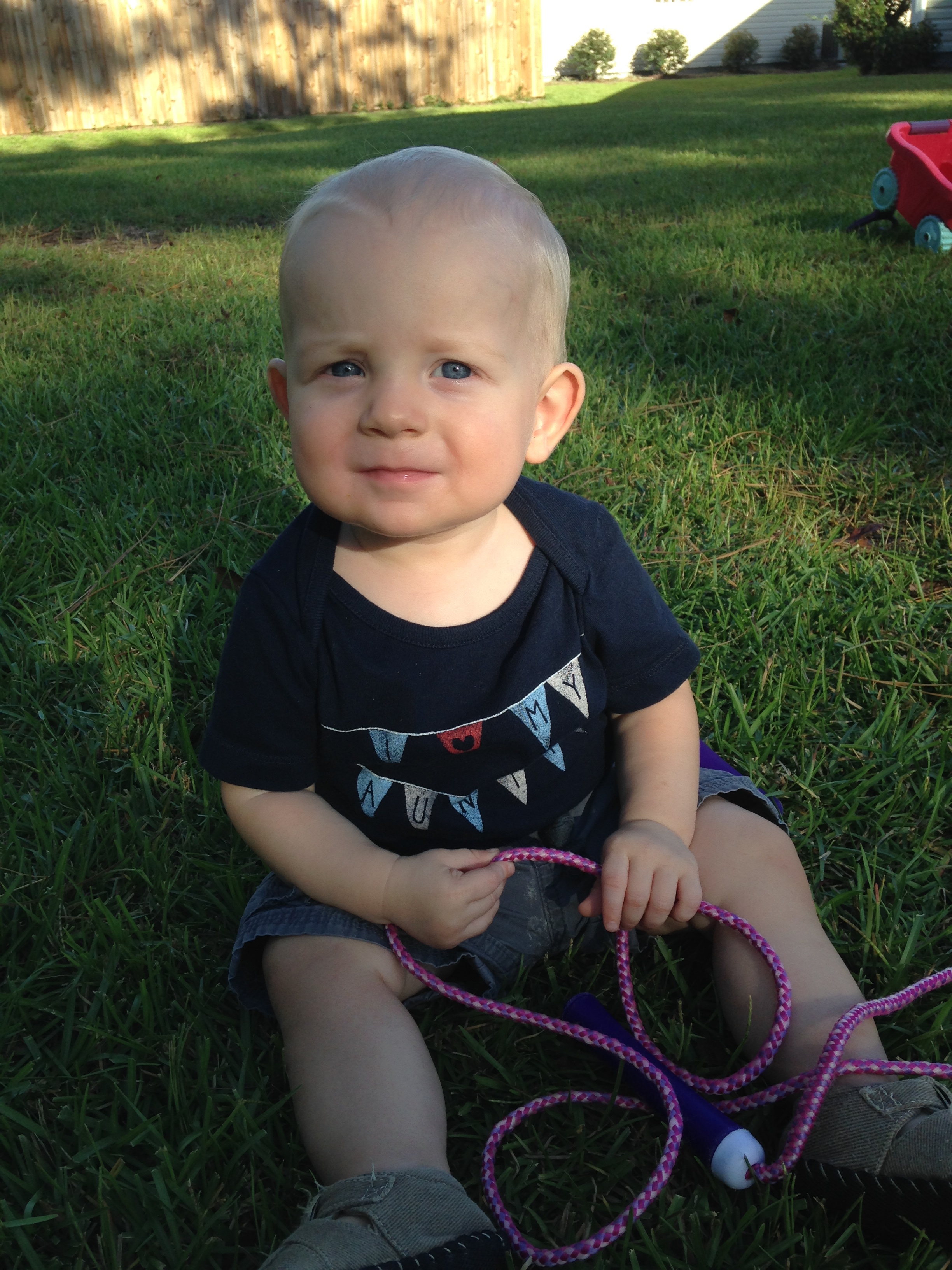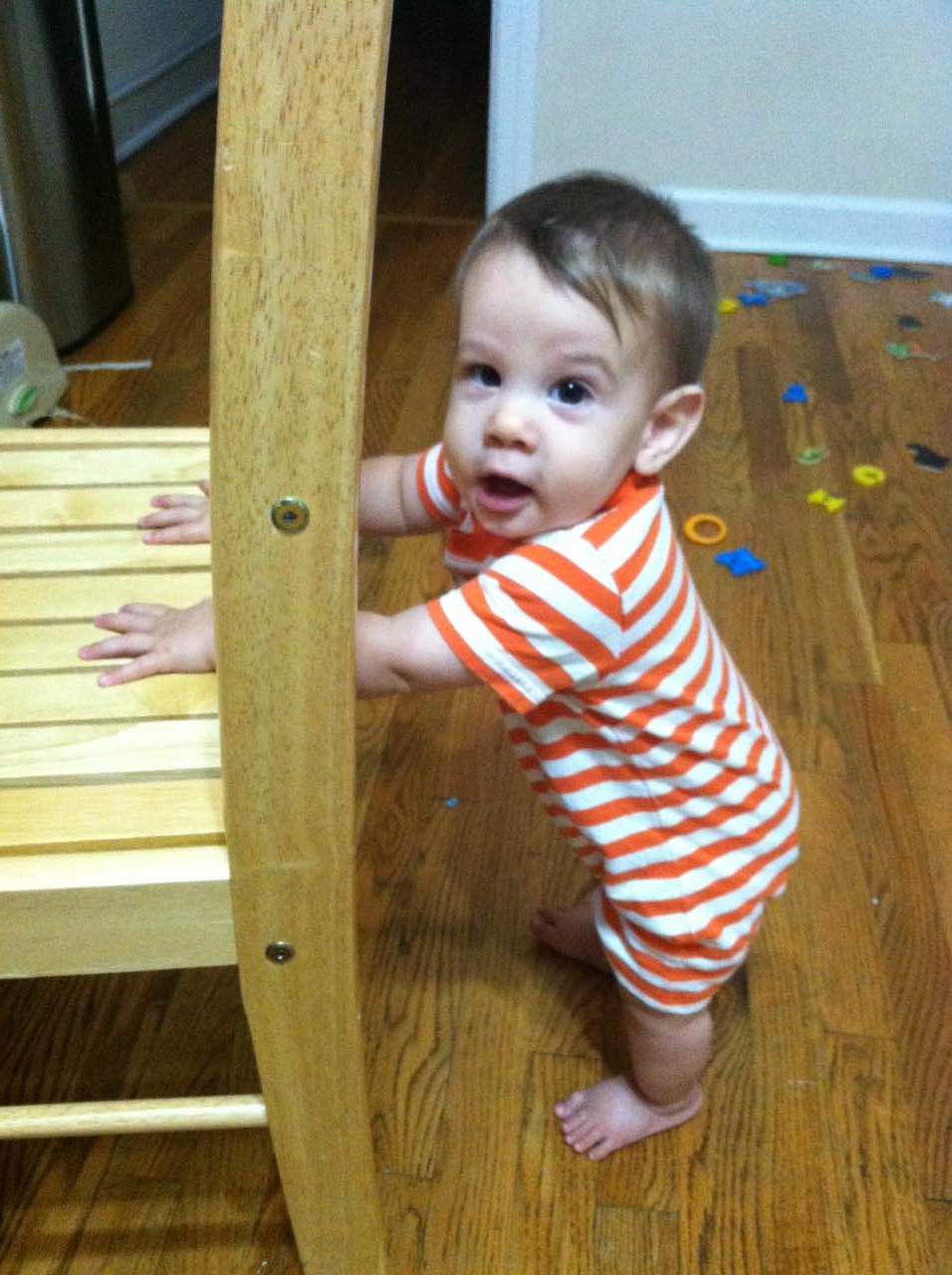Babies can (and should!) start tummy time from the day they are born.
In fact, tummy time is often one of the very first experiences that babies have when they are placed tummy down on their mother's chest immediately following delivery. Newborn babies love to be snuggled chest to chest with their parents. After being tucked up tight in utero, the chest to chest contact is comforting in a world where they now have to work against gravity and deal with the uncontrolled movement of their arms causing them to startle. There is added benefit of doing this tummy time on you with skin to skin contact, including improved breastfeeding, soothing, and bonding. Parents can continue to do this tummy time on their chest, with or without skin to skin contact, well after leaving the hospital. What could be more motivating for your baby to pick up his head on his tummy than the reward of seeing your face?
Back to sleep, tummy to play can be difficult in the early weeks of your baby's life when she is sleeping all the time!
It's hard to find a window of time when baby is awake to do tummy time in that first month. Your baby may fall asleep when doing tummy time on you or on the floor. Be sure to supervise your baby if she falls asleep while doing tummy time to make sure that she keeps her face clear and is able to breathe easily. If you are drowsy while holding your baby chest to chest, put her down on her back in a safe place to sleep such as a pack and play, crib, or bassinet.
After living inside of you for nine months, your newborn baby likes to be close to you.
There are many alternative ways to do tummy time so your baby can remain in contact with you, other than chest to chest tummy time. You can hold and carry your baby in a tummy down position up over your shoulder or across your arms in front of your body. Baby can be burped in a tummy down position over your shoulder or across you lap, and the pressure on his tummy will help get those burps out. You can hold baby tummy down across your lap while eating or sitting and chatting with visitors. Remember that the tummy down position with full contact on their chest and tummy can be very comforting for your baby. Use this position to help soothe and comfort your baby. Try patting or rubbing his bottom while he is tummy down on you or on the floor. Gently rock or bounce your legs when he is tummy down across your lap. For more ideas and guidance on introducing tummy time to your baby, join Babies On The MOVE for one of our classes.











